The Tarkine Rainforest, Tasmania
The Tarkine coast mapped by Bass and Flinders is a unique forest environment, explored on a small group tour for mature and senior travellers for couples or solo participants. The northwest of Tasmania including this cool temperate rainforest is a conservation area rich in Aboriginal history from the ice age.
20 Jul 20 · 6 mins read

The Tarkine Rainforest, Tasmania
Home to ancient Myrtle beech and Huon pine, dense rainforests, and wild ocean views, the Tarkine forest Tasmania, found in an area in the north west of the island is one of Australia’s great temperate rainforest wildernesses now preserved as a conservation area.
The term ‘Tarkine’ generally refers to 3,500 kilometres of crown land in the remote north west of Tasmania, bounded by the Arthur River to the north and the Pieman River to the south, the Murchinson Highway to the east, and the Southern Ocean to the west.For the traveller this region is easily accessed from the historic port of Stanley. Protected by its isolation and extreme weather – the Tarkine wilderness area bears the full brunt of the icy Roaring Forties, with wild winter storms bringing winds of up to 180 kilometres per hour – the Tarkine forestTasmania has remained a virtually pristine wilderness.
The environment here is diverse as Bass and Flinders discovered when they mapped the Tarkine coast in discovering that Tasmania was an island. Upto 10 metre waves come in from the Southern Ocean, crashing against jagged cliffs and shifting sand dunes along the Tarkine coast. Next stop west: Argentina. Rare shelter is found in freshwater lagoons and wetlands and the coastal heath that gives way to cool temperate rainforest. By the shore, green marsupial lawns are surrounded by banksia, tea-tree, and brightly coloured pigface. Further inland, the land rises gently to low coastal heathand buttongrass moorland plains, punctuated by mountain ranges such as the Norfolk Range.
But the big deal here is the ancient forest. Over 2400 square kilometres of ancient rainforest dominates the eastern Tarkine, ranging from tall eucalyptus forest in the drier areas to the rainforest found in the wet and secluded hills and valleys. These areas – covering 1700 square kilometres – constitute Australia’s largest contiguous tract of rainforest, and one of the three remaining temperate rainforest regions in the world. It is remarkable and through this Tasmanian wilderness runs the West coast highway, an unsealed road that is more than a trail for Motorcyclists or small group tour particpants to travel and explore and marvel at this ancient forest environment of the Tarkine region.
Unlike warmer rainforest, home to a diversity of species, cool temperate rainforest is usually dominated by a handful of trees. The Tarkine rainforest is dominated by Myrtle beech, a tall, broad tree, which can live for more than 400 years. Myrtle beech thrived on the ancient supercontinent of Gondwana, and later became the dominant rainforest tree in Tasmania.
Sassafras, leatherwood, and celery-top pine are also common, while below the forest canopy, tree ferns mingle with native laurel. The bottom of the forest is home to over 60 species of fungi, and several rare forms of lichen. By the rivers, look for ancient Huon pine trees which might be 3000 years old.
The habitats of the Tarkine are a refuge for a number of vulnerable and endangered species. The eastern pygmy-possum lives in banksia groves, while a number of species – including the ringtail possum, Bennett’s wallaby, wombat, Tasmanian devil, and spotted tail quoll – can be found searching for food in the forests. The rain forest is home to over twenty species of bird, including wedge-tailed eagles, white goshawks, and the orange-bellied parrot, one of Australia’s rarest birds. The rivers are home to giant freshwater lobster (up to 1 metre in length), which are vulnerable to habitat degradation.
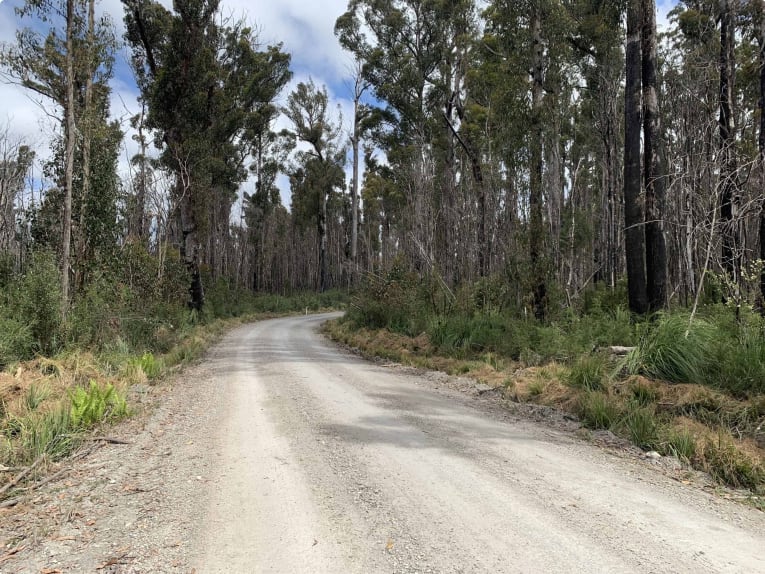
The Tasmanian aborigines who where the traditional custodians of the land, the Peerapper and Tommeginne language groups, are believed to have lived in the Tarkine wilderness for 30, 000 years , beginning in the last Ice Age . They lived in a condition of abundance. Women dived for oysters, abalone, and mussels from the Tarkine coast. Seals were caught seasonally, and migratory muttonbirds collected in the summer from burrows in sand dunes. In wetlands of the Tarkine region, people hunted for ducks and swans; in coastal heathlands, wallabies and wombats. A wide array of vegetable food was eaten, including native spinach, lomandra grass, boobialla beans, and fruits including mountain berry, honeysuckle, and pigface fruit. The Tasmanian aborigines People lived at the same aboriginal site along the coast for thousands of years, building huts, trading , and walking inland to mine ochre for adornment and spongolite rock for tools.
The name ‘Tarkine’ means belonging to , or of the Tarkiner, the Aboriginal people who inhabited the area for at least 12,000 years before the arrival of Europeans. The term first appears in writing in the diaries of George Augustus Robinson, the ‘Chief Protector’ of the Tasmanian Aboriginals. Preminghana (formerly known as Mt Cameron West) is one of the best examples of Tasmanian rock art , slabs of rock covered in geometric designs of circles, crosses and parallel lines, believed to be at least 2,000 years old.
The Tarkine region has been labelled by the Australian Heritage Commission as ‘one of the world’s great archaeological regions’ , with extensive sites including shell middens, stone artefacts, hut depression sites, pebble trail and pathways, quarry sites, mysterious circular rock carvings and burial sites.
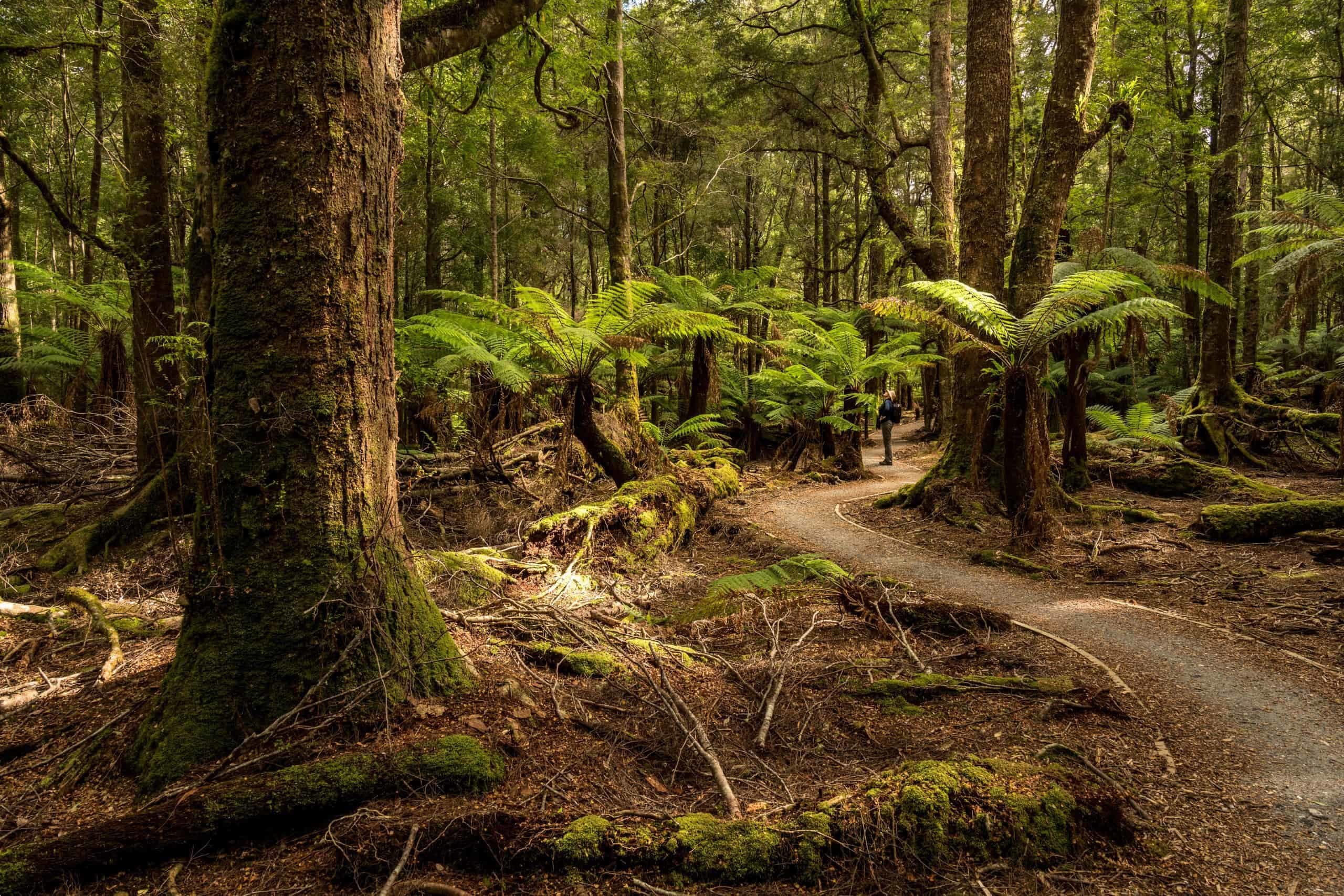
Unlike the wilderness regions of Tasmania further south, including Cradle Mountain , Lake St. Clair , and the Franklin-Gordon Rivers , huge swathes of the Tarkine old growth forest are not protected from the impact of logging by Forestry Tasmania or mining. Less than 5% of the region is protected as the Savage River National Park , which is closed off to the public, while other parts of the Tarkine forest area are protected as various regional reserves and conservation parks.
Conservationists are increasingly calling for the Tarkine to be preserved as a National Park and a World Heritage Area, seeing the area recognised as one of Australia’s – and the world’s – great wild places.
The Tarkine rain forest can be accessed by car via the Tarkine Drive and South Arthur Drive or the West coast highway, which pass through the varied landscapes of the cool temperate rainforest, the wild coast, some agricultural land, grassy woodland , and dense ancient rainforest up into the mountain ranges. There are a number of opportunities to do short walks through the native forest along the way, and a number of lookouts. For more adventurous walkers, the Trans-Tarkine Track is an 80 kilometre track passing from the rainforest to the ocean.
Good bases for exploring the wilderness are the tiny coastal hamlet of Arthur River and the town of Corinna, on the Pieman River. For senior and mature travellers you can explore the North west and Tarkine on the Tasmania wilderness small group tour or on a guided motorcycle tour of the region with Odyssey Traveller.
Odyssey Traveller visits the Tarkine Rainforest as part of our wildlife tour of Tasmania. Beginning and ending in Hobart, our tour takes your through the spectacular natural landscapes of Tasmania. On the first day of our tour, we visit Maria Island, a convict penal settlement turned National Park, which is a refuge for native wildlife including Bennetts Wallaby and the Tasmanian pademelon. Following this, we wind our way up Tasmania‘s East Coast, stopping in at the Freycinet Peninsula and Wineglass Bay on the way.
Our Tasmania wildlife tour continues by heading inland to Launceston, before heading to the Tasmanian Wilderness World Heritage Area: Cradle Mountain and Dove Lake, Lake St. Clair, and the ancient rainforest of Franklin-Gordon River National Park. Tasmania‘s wilderness serves as a wildlife sanctuary for a number of endemic species and native animals, including the ‘tassie devil’, eastern quoll, the platypus, the kangaroo, and the echidna.
From here our tour of Tasmania‘s wildlife returns to Hobart, where we end with a day trip to Bruny Island. Travellers interested in visiting Tasmania may wish to check out our other Tasmania tour, devoted to the colonial history of the state, and our tour of Flinders Island. We also offer a number of mainland Australia tours.
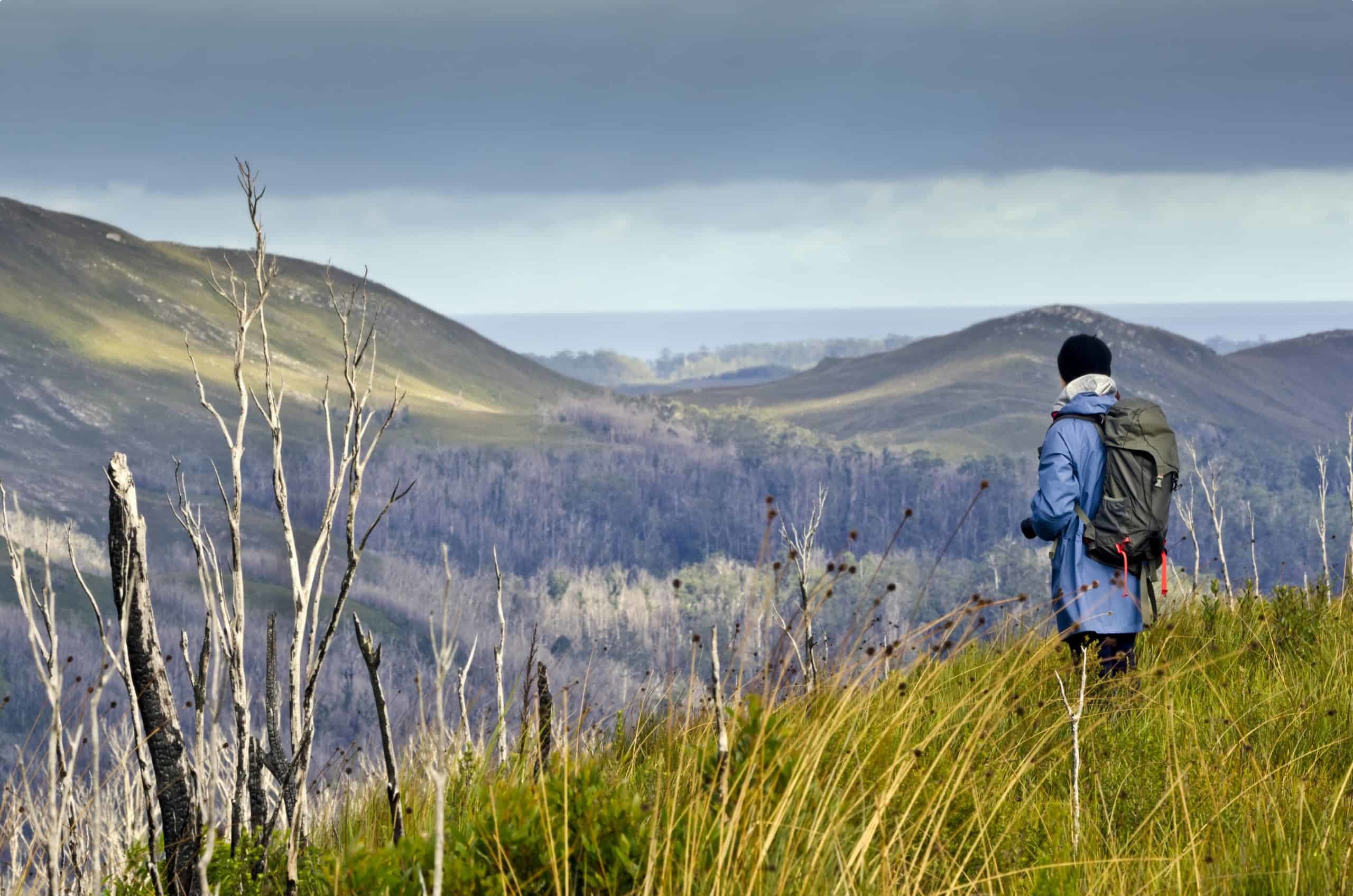
Articles about Australia published by Odyssey Traveller:
- The Kimberley: A Definitive Guide
- Uncovering the Ancient History of Aboriginal Australia
- Aboriginal Land Use in the Mallee
- Understanding Aboriginal Aquaculture
- Mallee and Mulga: Two Iconic and Typically Inland Australian Plant Communities (By Dr. Sandy Scott).
- The Australian Outback: A Definitive Guide
- The Eyre Peninsula: Australia’s Ocean Frontier
- Archaeological mysteries of Australia: How did a 12th century African coin reach Arnhem Land?
- Ancient Aboriginal trade routes of Australia
- Franklin River, Tasmania
For all the articles Odyssey Traveller has published for mature aged and senior travellers, click through on this link.
External articles to assist you on your visit to Australia:
Related Tours
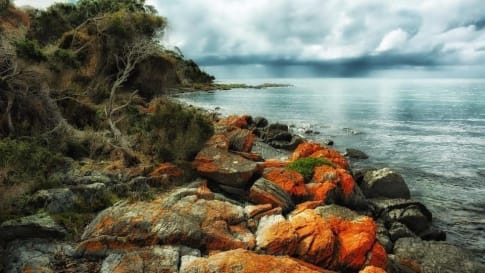
19 days
Mar, Nov, FebDiscovering Tasmania’s Wildlife
Visiting Tasmania
Small group tour of up to 15 mature and seniors travellers visiting and learning about Tasmania's wildlife and history. Visit Maria Island, Freycinet peninsula, Cradle Mountain, Strahan, Lake St Clair and Bruny Island over 16 days.
From A$11,450 AUD
View Tour
days
Mar, Aug, Sep, Oct, Nov +3Tours of Tasmania; exploring colonial history
Visiting Tasmania
Escorted program for couples and single travellers visiting Hobart, Launceston through the Tamar Valley along the rugged coastline of the north coast and heading back south to the pristine wilderness around Cradle Mountain and then on through Strahan, Queenstown and past Lake St Clair, before arriving back in Hobart. This 18 day small group tours to Tasmania for mature and senior travellers interested in the colonial history of Tasmania. We follow the footsteps of the colonists, visiting the churches where they worshipped, the houses in which they lived, the taverns where they drank and some of the mills in which they worked.

9 days
Mar, Nov, OctSmall group tour of Flinders Island
Visiting Tasmania
Explore and learn about Flinders Island on an escorted small group tour for mature and senior travellers who enjoy a walking holiday. For couples or solo travellers. We also explore Cradle Mountain and Launceston.
From A$6,950 AUD
View TourArticles

Atmospheric Measurements at Mauna Lao & Cape Grim
Climate change and the Industrial world. For mature and senior Travelers couples or solo, being aware of the journey and learning that they are part of is important when taking a small group educational tour.

Cradle Mountain, Tasmania
One of Tasmania's most iconic natural wilderness destinations. Explore Cradle mountain on a seniors small group tour of Tasmania designed for active couples and solo travellers or select another iconic Australian or New Zealand tour.
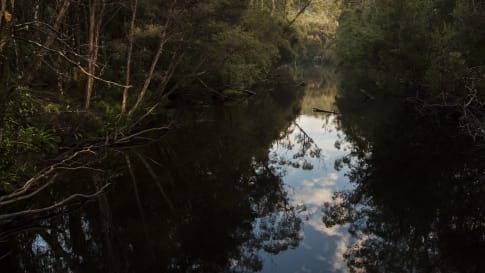
Ice age archaeological sites of the Tasmanian Wilderness World Heritage Area, Australia
Ice age archaeological sites of the Tasmanian Wilderness World Heritage Area, Australia The Franklin-Gordon Wild Rivers National Park is one of the most remote places in Australia, a wild labyrinth of winding gorges, rushing rapids,…

Lake St Clair, Tasmania
Australia's deepest lake; Lake St Clair formed by ice during several glaciations over the past two million years. Visit and learn on a escorted small group tour of Tasmania for seniors. For active couples and solo travellers exploring Australian wilderness.

Strahan and the Gordon River, Tasmania
Learn and explore Strahan and the Gordon river on Tasmania's west coast on a small group tour for senior travellers. This 16 day is for active couples and solo travellers who seek to learn as they travel. View some of the Best tours of New Zealand and Australia.
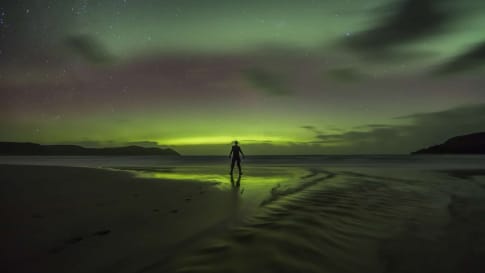
The Aurora Australis
Witness the incredible sights of the Aurora Australis, the Southern Lights. Much like its northern counterpart, the dancing lights of the Aurora are a magical, and unforgettable sight. For the fortunate traveller, you just might catch a glimpse of this phenomenon on your trip to Tasmania or New Zealand. Odyssey offers small group tours for mature and senior travellers, couples, and solo travelers to Australia and New Zealand.

Ancient Aboriginal trade routes of Australia
Ancient Aboriginal trade routes of Australia Trade was a central part of life for Aboriginal people prior to the British settlement of Australia. Trading routes criss-crossed the nation, dispersing goods, information, technologies and culture thousands…
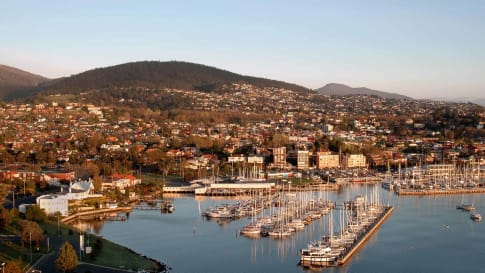
Hobart, Tasmania
Join some of many classes offered in the summer schools each January for a fortnight in this city or take a small group tour for senior and mature travelers of Tasmania wildlife & history.

Launceston, advice for small group tours
Launceston, learn about this early British settlement in Tasmania on the Derwent river as well other pieces on the island state. Article supports small group tours for mature and senior travellers across Australia.



